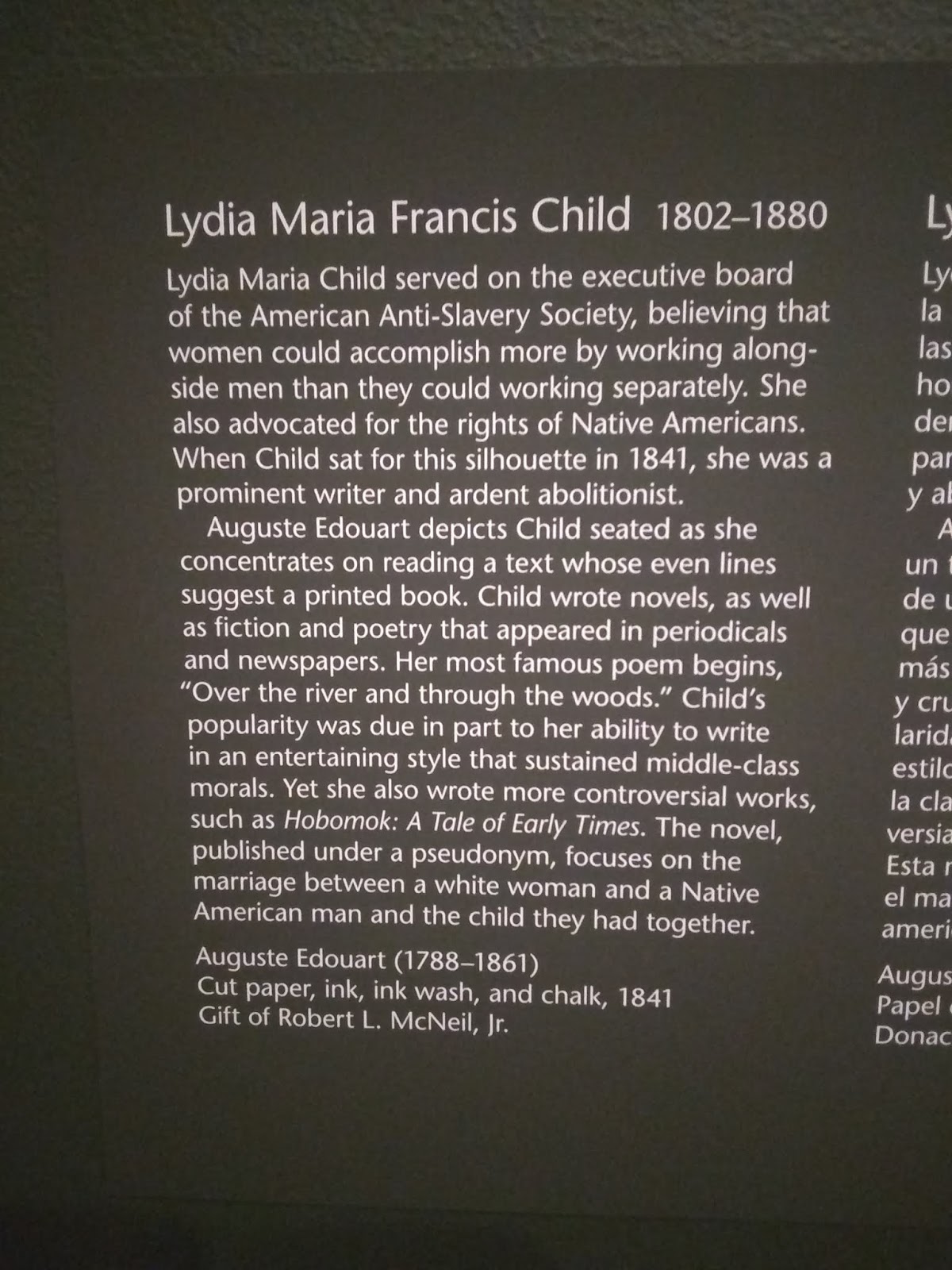If you grow an apple variety called Baltzley or are aware of someone who does, please contact me. I'm interested in the Baltzley variety because it originated in Adams County, Pennsylvania (where my father's side of my family settled) and it's named after a relative of one of my ancestors.
I first learned of the Baltzley apple from the 1860 "Descriptive Catalogue of Fruit Trees, Plants, and Shrubbery" of Springdale Nurseries, "Situated near Bendersville, Adams County, Pa" which was run by Cyrus Griest and Sons. [Cyrus Griest (1803 - 1869) was a second cousin of my fifth-great-grandfather Nicholas "Hill" Wierman (1771 - 1848), on my grandmother's side. In addition to operating a fruit nursery, Cyrus Griest was an abolitionist and participant in the Underground Railroad.]
Entry in the catalog under Fall Apples, page 8: "BALTZLEY--Large, flat, pale yellow; flesh tender and juicy, with a rich, sweet, pleasant flavor; excellent and productive. October to November,"
The Baltzley apple variety is listed in The Illustrated History of Apples in the United States and Canada, Volume 1, by Daniel J. Bussey: "Originated on the farm of John Baltzley, Manellen [sic--should be Menallen] Township, Pennsylvania; recorded in 1867. Rather large in size, oblate or roundish oblate, nearly regular. Pale yellow skin, often with a shade of light pale red in the sun, and a few grayish dots....White flesh, half fine, tender, moderately juicy, rather rich, mild subacid to sweet. Good to very good quality."
I suppose this John Baltzley is the one buried at Bendersville Cemetery (1782 - 1868), which is surrounded by Menallen Township. According to the 1860 Census, his family lived in Menallen. He might be a brother of my fourth-great-grandfather Jacob Baltzley (1786 - 1840), on my grandfather's side.
Another John Baltzley (1820 - 1876) was a brother of my third-great-grandfather Peter Baltzley (1812 - 1884).
Below are watercolors of two Baltzley apples painted by Deborah Griscom Passmore for the USDA Pomological Watercolor Collection. By the way, an apple with a slightly different spelling--Baltzby--was described in The Fruits and Fruit-trees of America (1881) by A. J. and Charles Downing, page 87: "From Virginia. Tree spreading, productive. Fruit large, oblate, yellowish white, with a faint blush; dots scattered, small, white. Flesh white, firm, somewhat tough, juicy, almost sweet. Good. October." That seems similar to the apple labeled Baltzley in the second watercolor.
 |
| From "U.S. Department of Agriculture Pomological Watercolor Collection. Rare and Special Collections, National Agricultural Library, Beltsville, MD 20705" |
 |
| From "U.S. Department of Agriculture Pomological Watercolor Collection. Rare and Special Collections, National Agricultural Library, Beltsville, MD 20705" |


















































